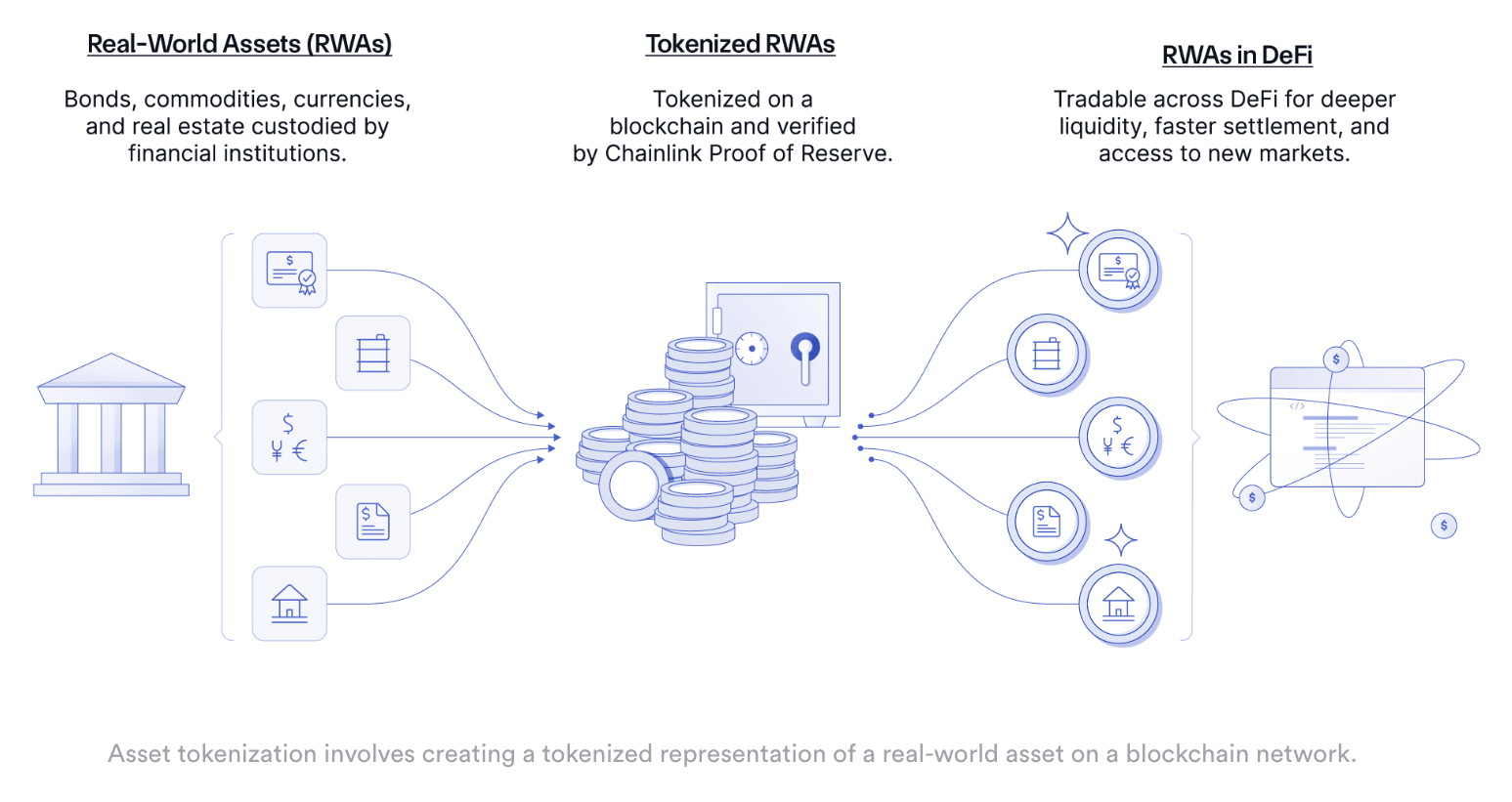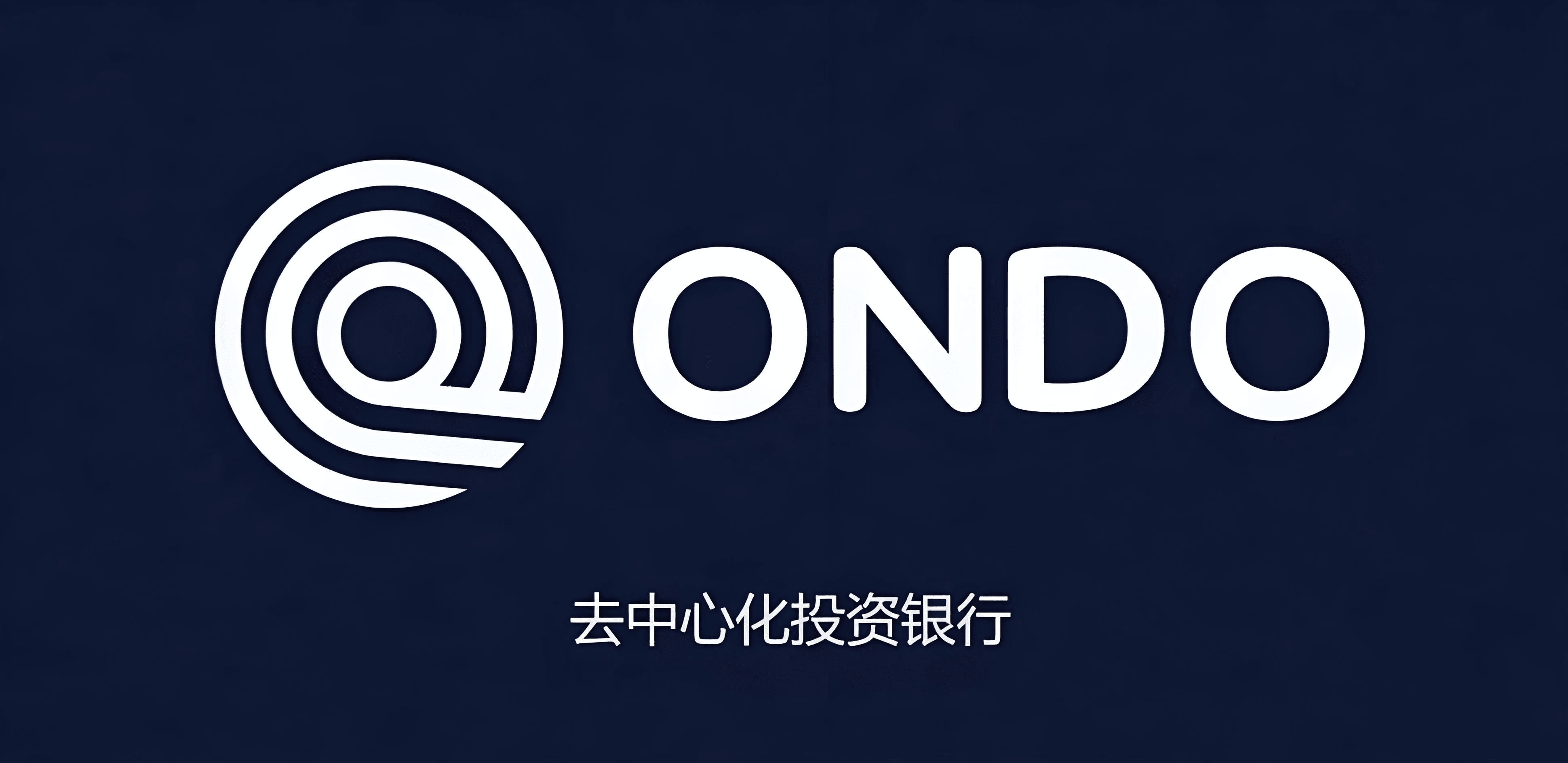Asset tokenization improves liquidity and accessibility by digitizing traditional assets into blockchain tokens, with the market size expected to reach $10 trillion by 2030. Ondo Finance shows great potential in this field, launching tokenized products and collaborating with BlackRock. However, investors need to pay attention to challenges such as regulatory risks.

Tokenization of real-world assets: A new frontier of financial innovation
In the financial sector, asset tokenization is becoming an undeniable trend. This innovation digitizes traditional assets into tokens on the blockchain, bringing new opportunities and challenges to the financial market. The asset tokenization market is expected to reach $10 trillion by 2030, showing tremendous development potential.
The advantages of asset tokenization are mainly reflected in the following aspects:
1. Increased liquidity: Breaking down large assets into smaller tokens to lower investment thresholds and enhance trading convenience.
2. Enhanced accessibility: Allowing more small investors the opportunity to participate in high-yield asset investments.
3. Improved transparency: The public nature of blockchain makes asset information more transparent and traceable.
4. Enhanced composability: Connecting physical assets with the decentralized finance (DeFi) ecosystem to create new financial products.
Currently, the market size of tokenized government bonds in the U.S. has grown from $2023

From $114 million to $845 million. According to a survey, 64% of high-net-worth investors and 33% of institutional investors plan to increase their investments in tokenized government bonds by the end of 2024. This indicates that the market demand for this emerging asset class is rapidly rising. Against this backdrop, Ondo Finance, as a bridge connecting traditional finance and Web3, is in a favorable position. The company offers two main products
USDY: A tokenized note backed by short-term U.S. government bonds and bank deposits, with an annualized yield of 5.30%, and a total locked amount of $315 million. Compared to traditional stablecoins, USDY has advantages in safety and transparency.
OUSG: A tokenized short-term U.S. government bond fund with an annualized yield of 4.81% and a total locked amount of $221 million. The recently launched rOUSG version also provides additional yield distribution for investors.
In addition, Ondo has also launched a decentralized lending platform, Flux Finance, supporting lending operations for open tokens like USDC and restricted tokens like OUSG.
Ondo's team brings together talents from traditional financial institutions such as Goldman Sachs and BlackRock, as well as Web3 projects like OpenSea and MakerDAO. This blend of professional backgrounds helps the company seize opportunities in emerging markets.
In its development process, Ondo has established strategic partnerships with several institutions, including Aptos Foundation, Thala Labs, and Wintermute. Notably, the collaboration with BlackRock is significant, with Ondo investing $95 million in BlackRock's BUJDL fund, demonstrating a commitment to cooperation in the field of asset tokenization.

Looking ahead, Ondo plans to further expand the use of its tokenized cash equivalents and explore new fields such as tokenized publicly traded securities. The company's long-term vision is to extend the advantages of blockchain technology to a broader range of financial services, promoting the integration and innovation of traditional finance and decentralized finance.
Although Ondo shows great potential in the field of asset tokenization, investors still need to pay attention to the challenges it faces, such as regulatory risks and the centralization of token economic models. As this emerging market continues to develop, whether Ondo can maintain its competitive advantage is worth our ongoing attention!
#加密市场回调 #ETH质押退出动态观察 #ONDO百倍黑马潜力币 #ONDO/USDT #ONDO黑马潜力币 $ONDO